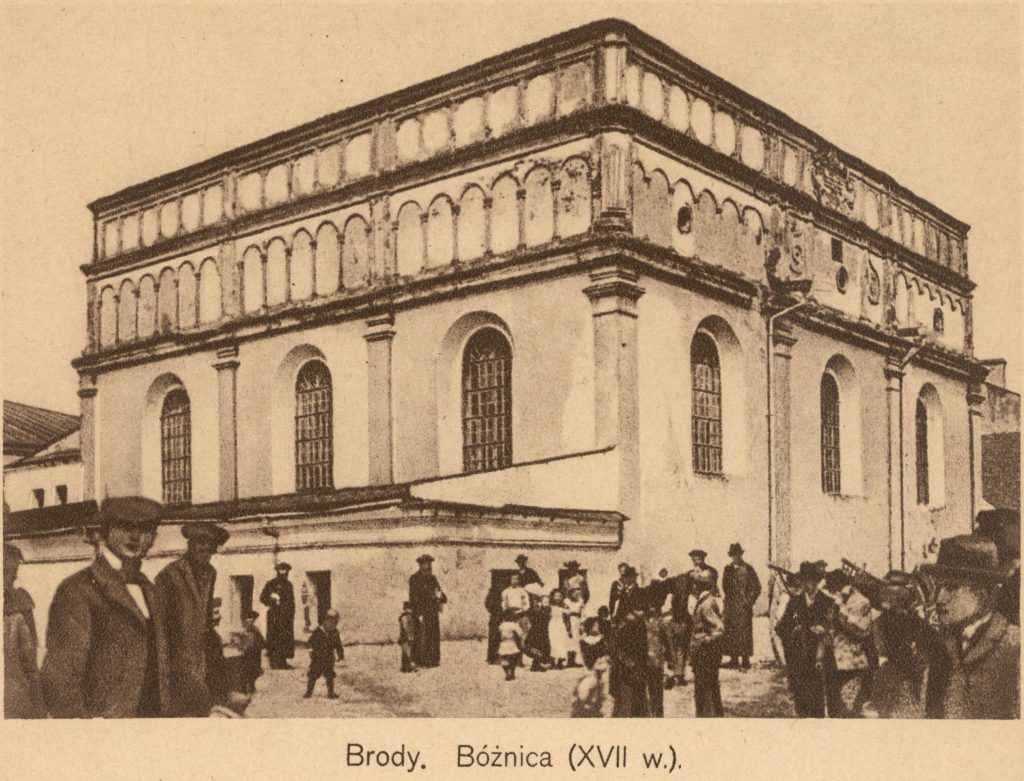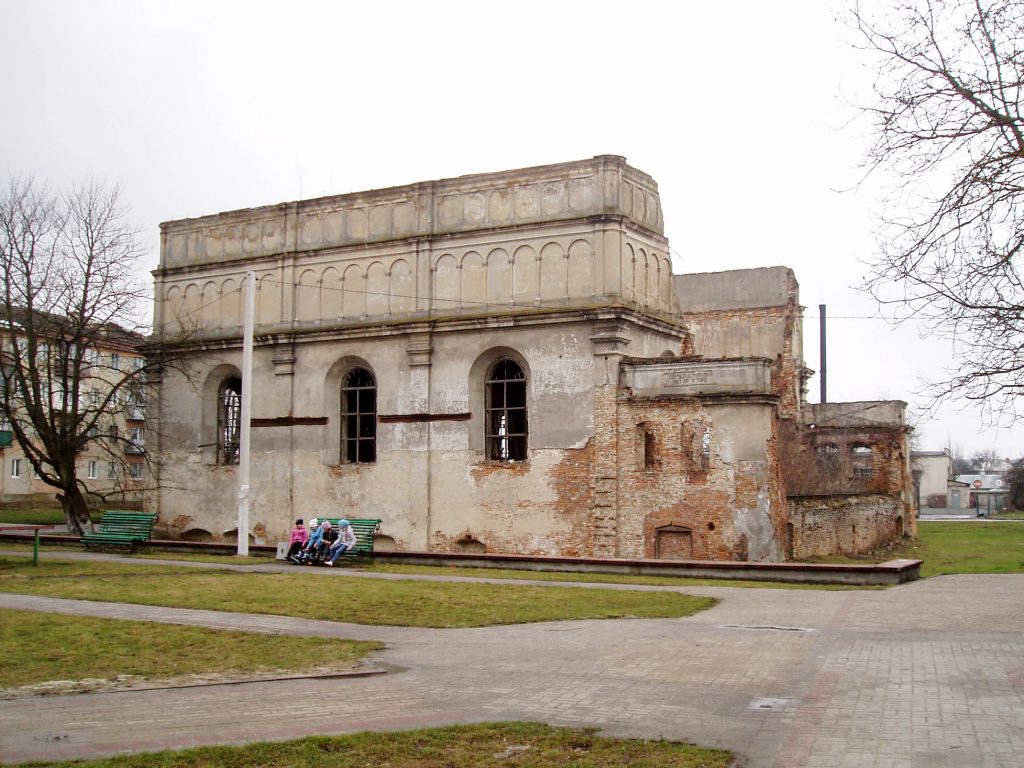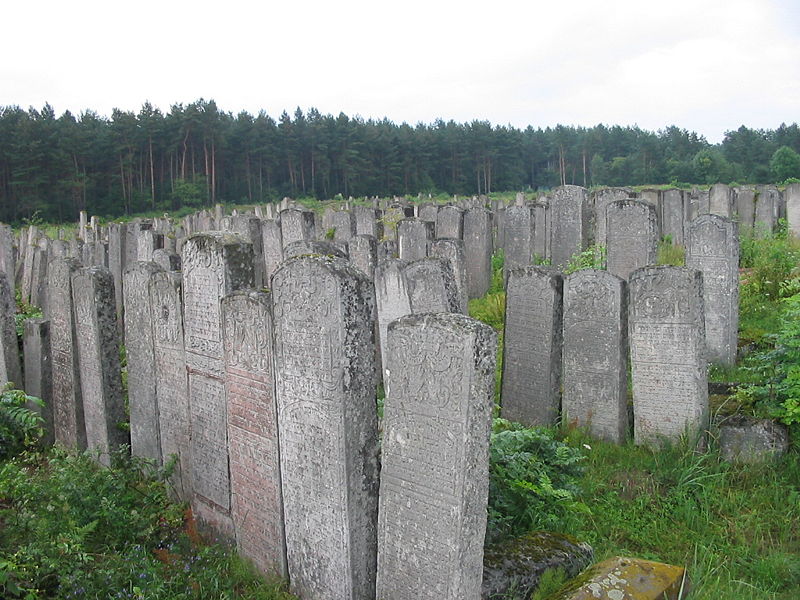
The terrifying war against Ukraine changes, of course, the function of these pages devoted to the Jewish cultural heritage of that country. Many of the places mentioned were razed to the ground by bombs. While these pages are not intended in the present time for tourism, they may be useful to researchers and students as historical references. References to so many painful histories during the pogroms and the Shoah, but also to the glorious history of Ukrainian Judaism in its cultural, religious, and Zionist dimensions. Wishing the Ukrainian people a speedy end to these atrocities of which they are victims.
The city of Brody, founded in 1584 by Stanislaw Zolkiewski, started expanding in 1629 when the waywode Stanislaw Koniecpolski called on engineer and artillery captain Guillaume Levasseur de Beauplan to built fortifications and establish a zoning plan for the new city.

After Polish Galicia‘s annexation by Austria in 1772, for a hundred years (1779-1880) Brody was granted the status of “duty-free city” -exoneration from taxes. This benefit served to draw Jewish merchants and craftspeople here. By the nineteenth century, Jews made up 80% of Brody’s population.
Brody in literature
Balzac stopped here in September 1847 on his way to meet Mrs Hanska in Ukraine. He was supposed to spend a day and a night here before catching his coach, for no one worked in Brody on Rosh Hashana. “The Jews of Brody, despite the millions they could earn, wouldn’t leave their ceremonies behind” (Balzac, in a letter about Kiev).
Other writers have also mentioned Brody: Joseph Roth was born here in 1894 and evokes it in The Radetzky March (1932); Isaac Babel described the city in Red Cavalry (1933) and in his 1920 Diary.
The former Jewish quarter was demarcated by the streets named Sholem Aleichem, Evreiskaya, and Armianskaya, and today contains destroyed houses, Jewish-style courtyards, a defunct shop with the sign “Lustiger”, and other remnants of a bygone Jewish life.
The remains of a beautiful synagogue
The walls of the former seventeenth-century synagogue still stand on Szkolna Street, or Shulgas. It was one of the most beautiful in the region, comparable to that in Zolkiew. It is a fortified synagogue, its levels marked by small columns and adjacent structures on both sides.

The former Israelitische Realschule, located outside the central square, was a German-language school until the First World War; Joseph Roth once studied here. It is now a Ukrainian school. The immense, magnificent, and nearly intact Jewish cemetery is located at the northern edge of the city, just before the forest.
Holocaust memorial
It is a veritable open-air museum of graves bearing carefully carved designs, lions, stags, hands, candelabras. The inscriptions are almost always in Hebrew, but occasionally in German. No grave dates before 1941.

At the edge of the cemetery, in the forest, a monument commemorates the extermination of the Jews of Brody, either executed and buried in a common grave in July 1941 or deported to Belzec. Of the 12,000 Jews in Brody before the war, only one remains in Brody.